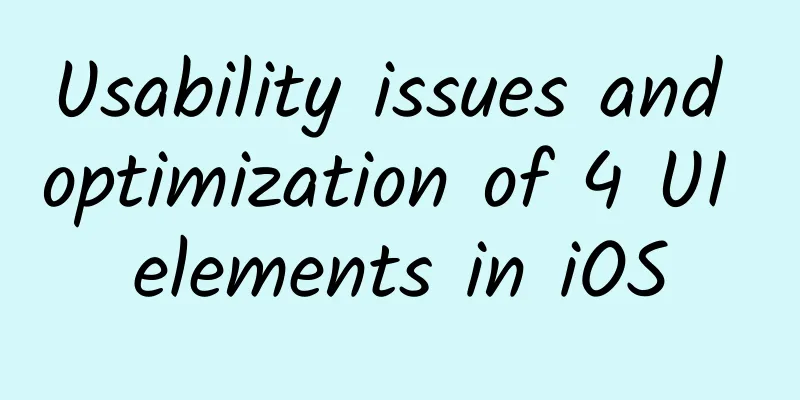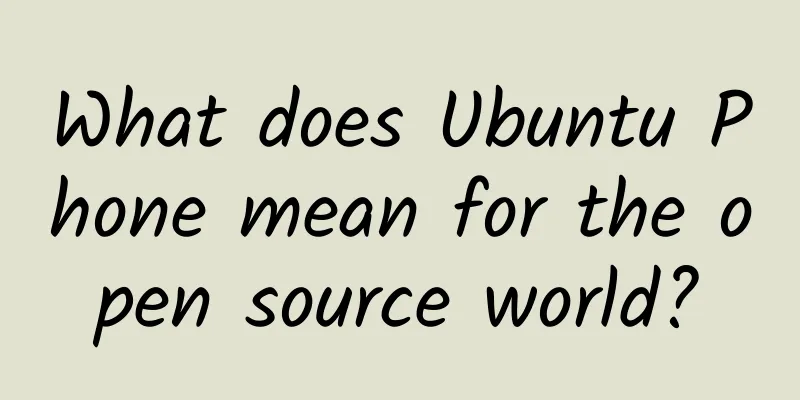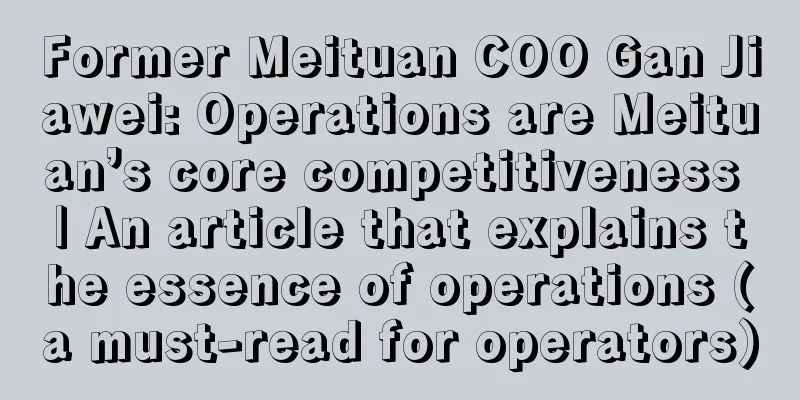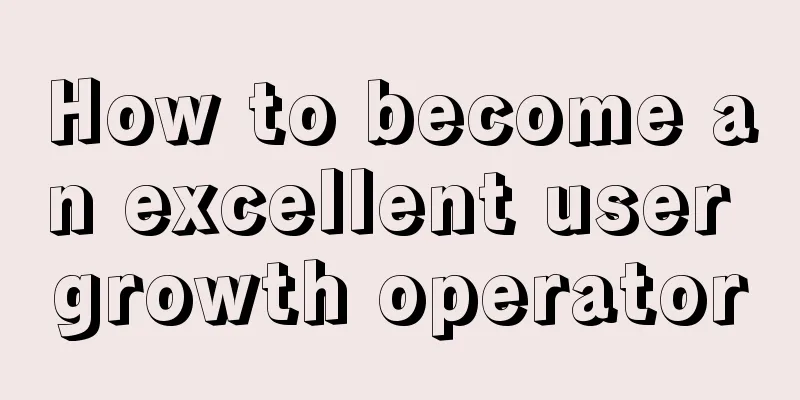Schmidt vs. Jobs, Android vs. iOS
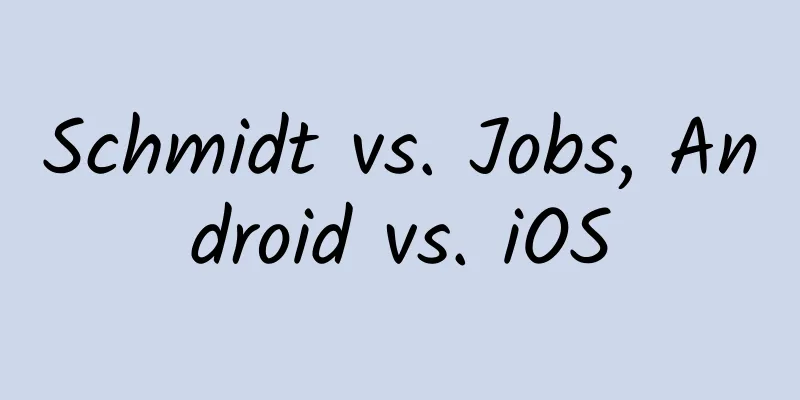
|
The following is excerpted from the new book "How Google Works" co-authored by Eric Schmidt and Jonathan Rosenberg. Eric Schmidt (hereinafter referred to as Schmidt) served as CEO of Google from 2001 to 2011. Under his leadership, Google has grown from a Silicon Valley startup to a global technology giant with an annual revenue of more than 55 billion US dollars. He is now the executive chairman of Google. In 2002, Jonathan Rosenberg joined Google and was in charge of design, customer development, advertising and product departments, including search, advertising, Gmail, Android and Apps and Chrome. He is now an advisor to Google CEO Larry Page. On a bright spring day in March 2010, Schmidt sat in his car at the intersection of Embarcadero Avenue and El Camino Real in Palo Alto, Silicon Valley, looking at the trees surrounding the Stanford University football stadium not far away, waiting for the red light and thinking about what had happened in the past few hours. Just now, he and Apple CEO Steve Jobs were drinking coffee at a restaurant called Califia. The two of them sat outside the cafe and had a heated discussion about Android, Google's mobile operating system that was still being developed. Jobs insisted that this new open source operating system was based on Apple's intellectual property technology. Schmidt argued that we did not infringe on Apple's intellectual property rights. In fact, Android was completely our own creation. But his argument was not recognized. "There is a tough battle to fight." Schmidt thought. Schmidt met Jobs for the first time in 1993. At that time, Schmidt was at Sun and Jobs was at NeXT. NeXT had its own computer language, Objective-C, and Schmidt and his colleagues came to NeXT's office to listen to Jobs' introduction. Jobs told them about the advantages of Objective-C and tried to convince these Sun scientists that Objective-C would be what they needed, a new language suitable for Sun's next-generation programming framework. Jobs and Schmidt developed a friendship that lasted for many years, and in the summer of 2006, Schmidt was invited to join Apple's board of directors. Before he accepted the job, he and Jobs had a conversation about the potential conflict of interest between Apple and Google. Apple was developing the iPhone, and Google had acquired Andy Rubin's company Android in August 2005, and now they had been developing their own mobile operating system for nearly a year. At that time, it was still uncertain what Android would look like, but at that time, it was defined as an open source mobile operating system without a unified UI (user interface), and other companies could create their own UI. We hope that Android will be universal and used by mobile phone companies such as Motorola, Nokia, and Samsung. They can add their own designs and applications on it. Both Android and iPhone are still in the early stages. In August, Schmidt officially joined the Apple board of directors. In June 2007, Apple unveiled the iPhone, and it was nearly perfect. Its design was impeccable, and its optimization for connecting to the Internet was great. Later that year, the Android team released a video on YouTube that unveiled Android. Jobs watched the video carefully and thought that the user experience it described was too similar to the iPhone and its underlying operating system, iOS. Schmidt eventually left Apple's board in August 2009, and the legal conflict between the two companies continues to this day.
As for Android, Google believes that we can get better economic benefits from this open platform, and at the same time we have the ability to control the problems caused by openness. Android is out of control, and the word out of control is completely positive here at Google. Under the conditions of following the Apache license agreement, the source code of the software can be used by anyone for free. This "open source" model means that anyone can obtain this operating system and can use and change it as they please. Apple does the exact opposite. iOS code is closed, and apps that are put on the App Store must be officially approved by Apple. Jobs has always believed that the best experience for consumers is to give them complete control. He pays great attention to detail and everything he and his company do to create the best products. This can be seen in his presentations, which have always been the result of his highly carefully planned and produced presentations, like a Broadway show. The reason why Apple's control model works is not just because of Jobs's power, but also because of the way he structured the company. At Apple, like Google, the executives are all people with technical backgrounds. Your creative execution team is made up of great smart people, and then it is managed by super smart and super creative people from all over the world. Then, most of the time, you can make the right decisions. And when you are right most of the time, this highly controlled model can produce more amazing innovations. |
>>: Apple Watch UI Animation Analysis
Recommend
7 aspects that a complete operation plan should include
Operations are basically a process of constantly ...
Does iOS really need to be upgraded? Analysis of iOS system upgrades
Whenever a new iOS system is released, whether it...
Case study of making money through SEO of regional websites for confinement nanny and housekeeping services!
As long as you have some experience in making mon...
How to use YouTube to attract traffic? Practical YouTube traffic generation tips
Written at the beginning: I believe everyone has ...
2022 Qingming Festival holiday arrangements: How many days are there? How to adjust the rest time? The latest official notification is here!
In half a month it will be Qingming Festival. my c...
How to build an active community system?
When we operate a community, the thing we fear mo...
How did Zhihu/Mafengwo/Boss Zhipin promote themselves during the World Cup?
Today, we will share from a practical operation p...
How do Xiaohongshu, Zhihu, etc. acquire seed users?
Seed users refer to those who actively interact w...
Where is the source of the 2022 epidemic? In which town is it located? Attached is the latest news on the epidemic
Recently, according to the new local confirmed ca...
Douyin Ecosystem Full Service User Manual
In this article, the author will describe Douyin’...
APP planning and promotion: the birth of an event operation planning program!
For companies, activities are a very important me...
How to reduce the cost of attracting new customers through event invitations?
An invitation is a project: from an idea in the b...
How does a good operator find your target users?
Taking the growth of Internet products as an examp...
Summary of highlights of Apple's press conference: These things are worth seeing
After watching the press conference with so much ...
IP is a cognitive symbol different from a brand
Brand is the cognitive symbol of the 20th century...


